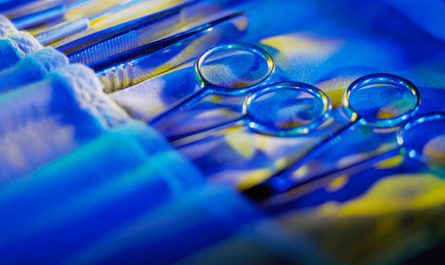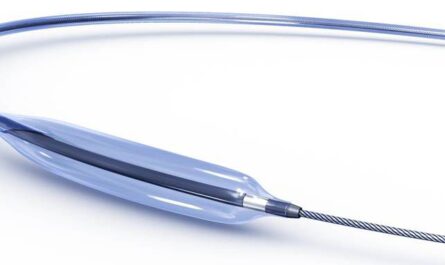Tissue engineering is an interdisciplinary field that applies the principles of engineering and life sciences toward the development of biological substitutes that can restore, maintain, or improve tissue function. The field was pioneered in the late 1980s and early 1990s with the emergence of tissue-like constructs derived from implanted cell populations and biodegradable scaffolds. Today, tissue engineering approaches are being investigated for applications in a wide variety of medical fields like orthopedics, cardiovascular, skin, neural, and more.
The Basic Concept
Tissue engineering relies on three major components – scaffolds, cells, and signaling molecules. Biodegradable scaffolds provide a supportive structure for cells to attach, proliferate, and migrate. Cells such as stem cells or primary cells are then seeded onto the scaffold. Signaling molecules like growth factors are incorporated to stimulate cellular responses and enhance regeneration. The engineered tissue construct is then implanted or grown in vitro for transplantation. As the scaffold degrades over time, it is replaced by the neo-tissue formed by the cells. The goal is to develop functional substitutes that restore and maintain normal function.
Current Areas of Focus
Skin and Burn Repair
Skin tissue engineering utilizes keratinocytes, fibroblasts, and stem cells to generate skin substitutes for burn repair and wound healing. Commercial products include Apligraf®, which contains keratinocytes and fibroblasts on bovine collagen. For severe burns, cultured autologous epithelial grafts from a patient’s own cells are used. Scaffolds of collagen and synthetic polymers provide structure for cells to grow.
Bone and Cartilage Reconstruction
Damaged bone and cartilage are commonly treated using tissue-engineered constructs. For bone, calcium phosphate or hydroxyapatite scaffolds combined with osteoblasts and mesenchymal stem cells have been implanted to repair fractures and in orthopedic procedures. Cartilage constructs developed using chondrocytes or stem cells on collagen or hyaluronic acid scaffolds demonstrate potential in treating arthritis and other joint conditions.
Blood Vessel Grafts
Tissue-engineered blood vessel substitutes aim to alleviate the shortage of vessels available for bypass surgery. Promising scaffolds include biodegradable polymers as well as decellularized natural vessels. Cells like endothelial cells are seeded on the lumen to line the vessels, with smooth muscle cells externally. Constructs demonstrate patency when implanted in animal models.
Heart Muscle Repair
Following a heart attack, the dead heart muscle tissue is replaced by scar tissue, reducing cardiac function. Engineered heart muscle patches containing cardiomyocytes on elastic scaffolds can potentially regenerate lost myocardial tissue. Similar cell-seeded constructs are being investigated to repair congenital heart defects in pediatric populations.
Challenges and the Future of Tissue Engineering
Developing functional tissues and organs which mimic native tissues remains an immense challenge. Scaffolds must effectively mimic extracellular matrices and biodegrade without toxicity. Sources of appropriate functional cells and controlling cellular behavior in 3D environments requires further study. Delivery of bioactive signals at specific stages of regeneration is another hurdle. While promising results have emerged, large-scale clinical translation still lies ahead. With continued progress, Tissue Engineering likely to revolutionize treatment for a variety of conditions. It holds tremendous potential to restore form and function lost due to injury, disease, or aging.
*Note:
1. Source: Coherent Market Insights, Public sources, Desk research
2. We have leveraged AI tools to mine information and compile it




